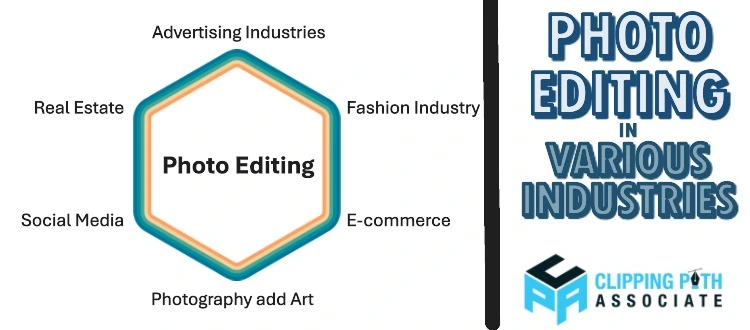Theodore Lowe, Ap #867-859
Sit Rd, Azusa New York
Find us here
Top Macro Lense for Macro photography
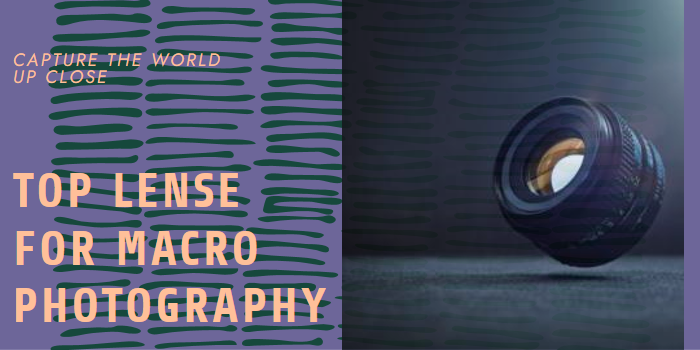
A good macro lens may make a big difference in your ability to capture images, whether you're a professional or just a hobbyist wanting to learn more about macro photography. We will examine the features and advantages of these best macro photography lenses to assist you in choosing wisely and producing breathtaking macro images.
An Overview of Macro Photography
Find the best macro lenses that are ideal for taking close-up pictures of small things. Become an expert macro photographer with the appropriate gear.
Through the specialist field of macro photography, photographers may get up close and personal with subjects, allowing them to explore the fascinating world of small items. It's the skill of taking pictures of subjects at a ratio of one to one or higher, meaning that the image on the camera's sensor is the same size as the subject in real life. At this magnification, minute details that are frequently imperceptible to the unaided eye are revealed.
Macro Photography: What Is It?
By photographing subjects up close, macro photography brings out even the smallest details. It highlights the intricacy and beauty of tiny natural objects like textures, flowers, and insects. The term "macro" describes a lens's capacity to obtain a high magnification ratio. The focal length of most macro lenses is between 40 and 200 mm, which enables photographers to take pictures with amazing clarity and accuracy.
Why Does Macro Photography Look So Good?
Because macro photography can catch amazing details and show the hidden world around us, it has become more popular among photographers of all skill levels. Here are a few explanations for the widespread popularity of macro photography:
- A fascination with minute details: Through macro photography, we may examine the minuscule intricacies of commonplace objects and uncover their remarkable beauty. It opens our eyes to new perspectives on the world and gives us a greater appreciation for the complex textures and patterns present in the natural world.
- Unique viewpoint: By taking pictures of subjects up close, macro photography gives us a new viewpoint on the world. It provides a novel and captivating perspective that is unattainable with conventional photography.
- Creative Expression: By offering countless chances to play around with composition, lighting, and depth of focus, macro photography fosters creativity. It enables photographers to produce visually arresting pictures that arouse feelings and inspire amazement.
- Difficult and Interesting: Technical proficiency, patience, and attention to detail are necessary for macro photography. It pushes photographers to become proficient in methods such as focus stacking and appropriate lighting, improving their overall photographic abilities.
Photographers can discover a world of undiscovered beauty through the fascinating and fulfilling discipline of macro photography. The tiniest details are captured, providing a singular viewpoint that highlights the beauty of nature. We'll look at some of the best macro lenses in the sections that follow, which can help photographers get amazing shots.
Selecting the Appropriate Lens
Selecting the appropriate lens for macro photography is an essential choice that can significantly influence the caliber and originality of your up-close photographs. Even the smallest subjects can have exquisite textures, vivid colors, and minute details captured by the correct lens. We will examine the several aspects to take into account when selecting a lens for macro photography in this part. Making an informed choice will be aided by your knowledge of macro lens specs, the distinctions between prime and zoom macro lenses, and the needs of various camera systems.
Recognizing the Specifications of Macro Lenses
If you're new to macro photography, macro lens specs may be a little complicated, but they're essential for choosing the right lens for your purposes. The following are some essential requirements to be aware of:
- Focal Length: A macro lens's ability to magnify objects is determined by its focal length. You can photograph subjects at a longer distance with longer focal lengths, like 100 or 150mm, which is helpful when photographing squirmy subjects like insects.
- Maximum Magnification: The highest magnification that a lens is capable of producing is indicated by this parameter. A lens with a maximum magnification of 1:1 will accurately capture even the smallest details, reproducing subjects at life size on the camera's sensor.
- Minimum Focusing Distance: The closest distance a lens can focus on a subject is known as the minimum focusing distance. It establishes the maximum distance you can cover while staying focused on your subject. Closer photos of small subjects can be achieved with lenses that have a reduced minimum focusing distance used.
- Image Stabilization: When taking handheld photos, image stabilization is a feature that some macro lenses have. When photographing in low light or using longer focal lengths, this feature might be quite helpful.
Zoom versus Prime Macro Lenses
Prime and zoom lenses are your options when it comes to macro photography. Both approaches have benefits, so it's critical to think about what matters most to you in macro photography:
|
High-quality macro lenses |
Macro Zoom Lenses |
|
Usually provide better image quality |
Offer framing flexibility without moving physically |
|
Usually have larger maximum apertures, which enable greater background blur and better low-light performance |
Provide versatility by spanning a variety of focal lengths |
|
Frequently smaller and lighter, which makes them more portable |
Possibly have a broader focal length range, enabling longer working distances |
Various Camera Systems to Take into Account
The camera system you're using may also have an impact on your choice of macro lens. Compatibility considerations and lens mounting vary throughout camera systems. Here are some points to remember:
- Native Macro Lenses: The majority of camera manufacturers provide a range of macro lenses made especially for their cameras. These lenses frequently offer top performance and smooth integration.
- Third-Party Options: Reputable lens producers like Sigma, Tamron, and Tokina also sell third-party macro lenses. These lenses frequently offer superior image quality at a lower cost than native alternatives.
- Adapters: In certain circumstances, mounting macro lenses from one camera system onto another may be possible with the use of adapters. It's crucial to remember, though, that occasionally employing adapters can lead to a loss of functionality or image quality.
You can easily select the ideal lens for your macro photography endeavors by looking at the macro lens specs, selecting between prime and zoom lenses, and evaluating compatibility with your camera system. This will enable you to take breathtaking close-up pictures that showcase the secret realm of the little, frequently disregarded objects in our environment.
Best Macro Lenses Available
The correct lens is crucial for macro photography in order to capture minute details and create breathtaking close-ups. Selecting the ideal macro lens for your camera might be difficult due to the abundance of options on the market. We have put up a list of the best macro lenses that offer outstanding performance and image quality to help you make a selection. Regardless of your camera brand—Canon, Nikon, or Sigma—there is a macro lens out there that will work flawlessly for you.
EF 100mm F/2.8l is a common USM macro lens.
Among those who enjoy macro photography, the Canon EF 100mm f/2.8L IS USM Macro Lens is a highly recommended choice. With its convenient focal length and broad f/2.8 maximum aperture, this lens lets you take crisp, well-exposed photos even in dimly lit environments. Because of its sophisticated picture stabilization technology, camera shake is non-existent when shooting handheld. The lens produces excellent image quality by minimizing flare and ghosting through the use of Super Spectra Coating and premium glass components. This lens provides excellent close-up capabilities, whether you are photographing complex flower petals or microscopic insects.
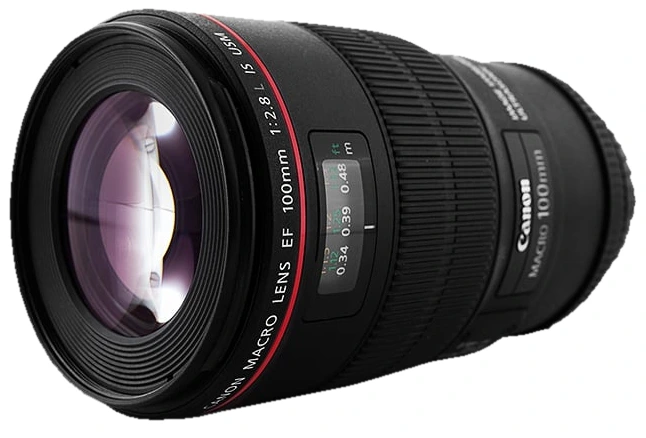
If-ed Lens: Nikon Af-s Vr Micro-nikkor 105mm F/2.8g
The Nikon AF-S VR Micro-NIKKOR 105mm f/2.8G IF-ED Lens is a highly recommended option for ardent macro photographers who use Nikon equipment. With a 105mm focal length and a quick f/2.8 maximum aperture, this lens offers superb bokeh and subject isolation, allowing your subject to really pop. Vibration Reduction (VR) technology built into the lens guarantees crisp photos even when taking handheld shots. With exceptional clarity and color accuracy, the Nano Crystal Coat and Extra-low Dispersion (ED) glass elements efficiently minimize chromatic aberrations and ghosting. With this lens, you can capture fine details and produce artistic compositions with exceptional performance and image quality.
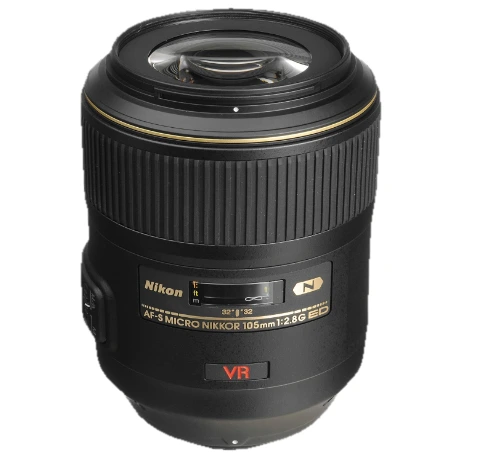
Sigma HSM Macro Lens, 105mm F/2.8 Ex Dg Os
Photographers looking for a flexible macro lens frequently choose the Sigma 105mm f/2.8 EX DG OS HSM Macro Lens. This lens, with its f/2.8 fast aperture and 105mm focal length, produces amazing macro images that perfectly balance background blur and subject size. To reduce chromatic aberrations and ghosting and provide crisp, colorful images, the lens uses Super Multi-Layer Coating and Special Low Dispersion (SLD) glass elements. By mitigating camera shake, Optical Stabilizer (OS) technology enables handheld photography in difficult lighting situations. This lens performs exceptionally well, whether you are taking portraits with stunning bokeh or venturing into the world of macro photography.
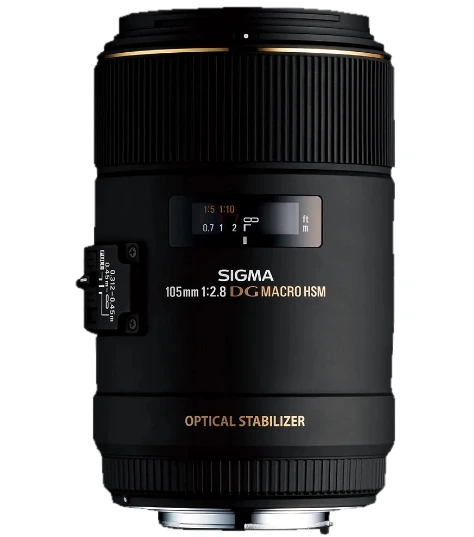
Panasonic Lumix S 14-28mm F4-5.6 Macro
A truly adaptable and versatile lens, the Lumix S 14-28mm f/4-5.6 Macro will be helpful to both picture and video photographers. Its 2x zoom range and the variety of conventional focal lengths it covers make it an indispensable tool for a wide range of tasks. The lens is particularly helpful for shooting man-made subjects and even portraits in natural settings because it can provide full frame users with such a dramatic angle of view without introducing barrel distortion. Its ability to remain sharp and bright right into the corners of the frame also allows for high-quality images to be captured without the need for additional post-production work.
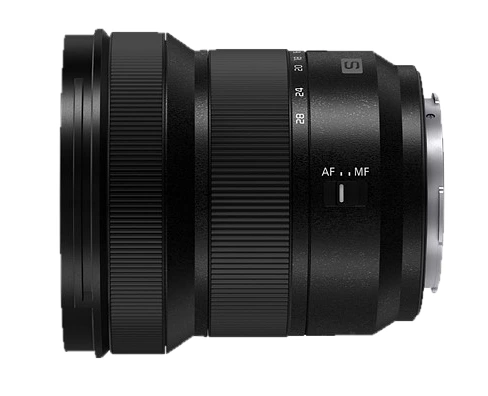
Sony FE 70-200mm F4 Macro G OSS II
One of the first full-frame lenses in the mirrorless range gets an update with the Sony FE 70-200mm f4G OSS II. It now focuses more quickly, is sharper in the extreme corners at big apertures, and supports focus breathing correction on the newest systems. However, the two most significant improvements are the significantly tighter focusing, which provides 0.5x magnification across the entire range, and the teleconverter compatibility, which doubles the reproduction to 1:1 and extends the reach to 400mm. On the other hand, the expanding barrel, which reduces its length when zoomed to 70mm, has two drawbacks. It does indeed fit into a smaller bag, but many people will understandably be concerned about how it seals, and we'll have to wait and see if it holds up as well to the weather as its non-extending counterpart. It's worth noting that the previous Mark I model was already plenty fast enough to concentrate on professional sports and practically equaled the sharpness in the center of the frame, so be on the lookout for discounts. For those who want a brighter f2.8 aperture but don't want to carry a bulky lens, Tamron's 70-180 2.8 is about half the price of Sony's original 70-200 2.8 G Master, which is also reasonably priced at just over the Mark II f4G. In any case, the new 70-200 f4G Mark II performed admirably in all of my testing, and if the specs and cost fit your needs, it's a great choice.
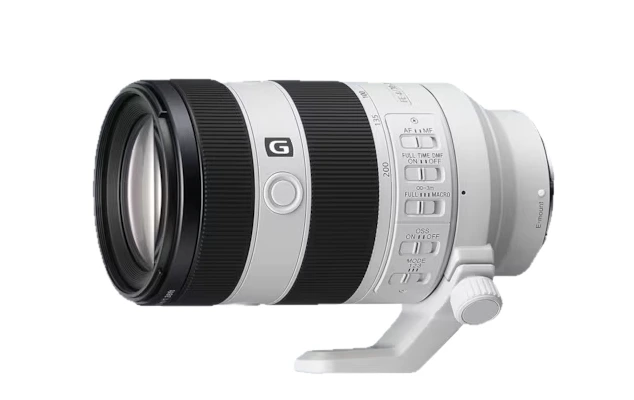
In summary
These best macro photography lenses provide remarkable magnification and superb image quality. These are vital instruments for documenting minute details and discovering the fascinating realm of little things. Purchasing a top-notch macro lens can definitely improve your photography abilities, regardless of whether you're a hobbyist or a professional photographer.
So, pick the lens that best fits your requirements and get started taking amazing macro photos right away!
Related blog posts
Importance of Photo Editing in Various Industries: Transformative Impact
Imagine scrolling through a website and stumbling upon a blurry, poorly-lit product photo. Chances are, you might click away, right?
